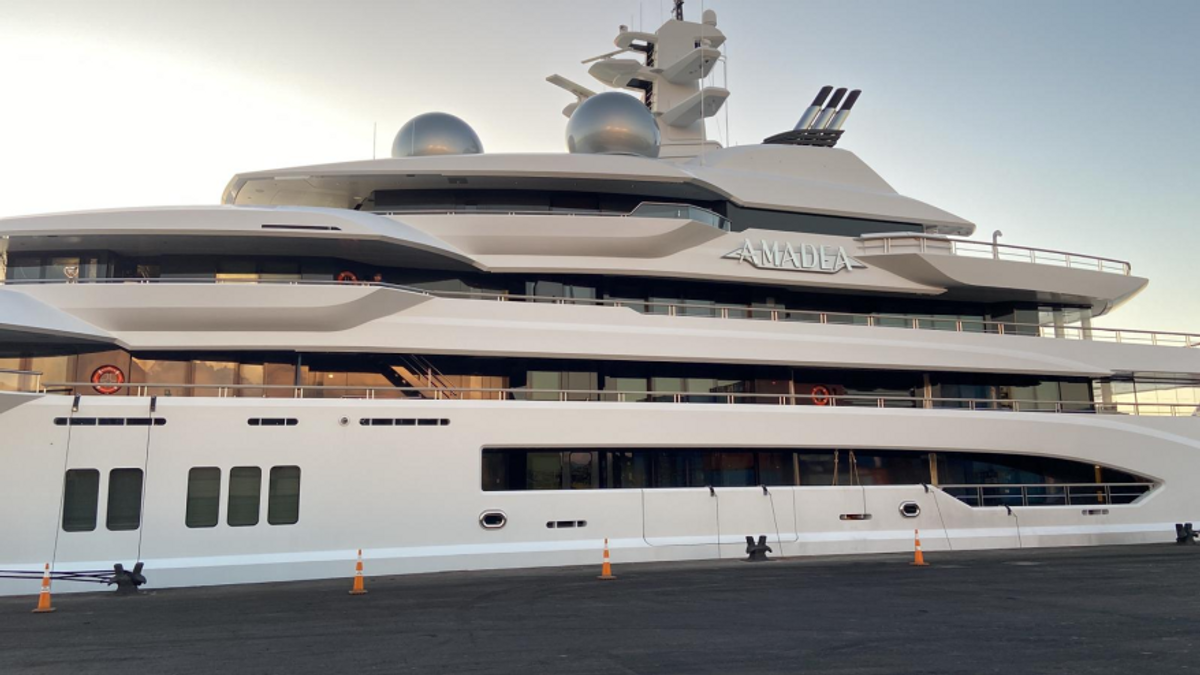A Fabergé egg may be among the items found on a yacht seized from a Russian oligarch, the US Deputy Attorney General Lisa Monaco said at the annual Aspen Security Forum in Colorado on Wednesday. Fabergé items were gifts favoured by the Romanovs before the Bolshevik Revolution, and revelations surrounding them always stir up the art world. A photograph of the egg has yet to be released, leading to heightened speculation.
Monaco said that federal officials were focusing on “going after and exposing the incredible corruption that has propped up Putin’s war machine” and that “enable the unprovoked and really horrendous aggression in Ukraine.” She then segued into one of the most publicised seizures, of the $300m, 350ft Amadea yacht owned by the Russian billionaire Suleiman Kerimov, in Fiji in May at the request of the US Department of Justice as part of its Task Force KleptoCapture aimed against Russian oligarchs. It was transported to San Diego after a June ruling by the island nation’s Supreme Court.
“Let’s get to the juicy stuff, the yachts,” Monaco told the Aspen gathering. She noted that US officials are asking for Congressional authorisation and “working with our law enforcement counterparts around the world to conduct searches on these yachts” so that they can be seized and the proceeds can go towards Ukrainian refugees.
“We’ve been finding really interesting things,” she said, such as “a Fabergé, or alleged Fabergé egg” on the yacht now in San Diego, “so it just gets more and more interesting.”

Authorities boarding the yacht in port in Fiji Courtesy of the US Department of Justice
Kerimov, 56, is a gold magnate and Russian senator currently worth with his family $13.1bn according to Forbes. He is a native of Dagestan in the Northern Caucasus and has been sanctioned by the US since 2018. The Panama Papers linked him to Sergei Roldugin, a cellist known as Putin’s wallet. The investment company in the name of which the Amadea was registered denied that Kerimov was the owner. He was previously best known for a fiery crash in a $650,000 Ferrari in Nice with Russian television anchor Tina Kandelaki by his side in 2006 that left him seriously injured.
Tony Faber, the author of the book Fabergé’s Eggs (2008), told CNN “The likelihood that it’s real is pretty small, I think, probably. That’s to say there are 50 of these eggs made, and they are fabulous, you know, these wonderful examples of creativity, of luxury as well, these links to the decadent Romanovs and their court, but there are only 50 of them, and we know where 43 of them are. I don’t think that it’s likely to be one of those 43, so then we’re down to the seven missing ones, that have been basically missing since the revolution.”
One of the missing eggs was found inadvertently by a scrap metal dealer in the US in 2014.
The London-based Fabergé dealer Andre Ruzhnikov, who has waged a war against Russian Fabergé fakes, said it is hard to make any assessments without a photo, but that Kerimov was not known as a collector. “There is not a single Fabergé egg that can be bought on the market today,” he said. “There haven’t been Imperial Fabergé eggs on the market for 18 years, since the sale of the collection to [Viktor] Vekselberg in 2004.” Vekselberg bought the Malcolm Forbes Fabergé collection.
Nick Nicholson, a Russian art specialist and principal of Nicholson Art Advisory who has worked with Fabergé pieces, told The Art Newspaper: “It might be a pendant egg worth a few thousand or an egg-shaped object like a bonbonniere or box, but the Imperial eggs worth tens of millions are all accounted for.”


